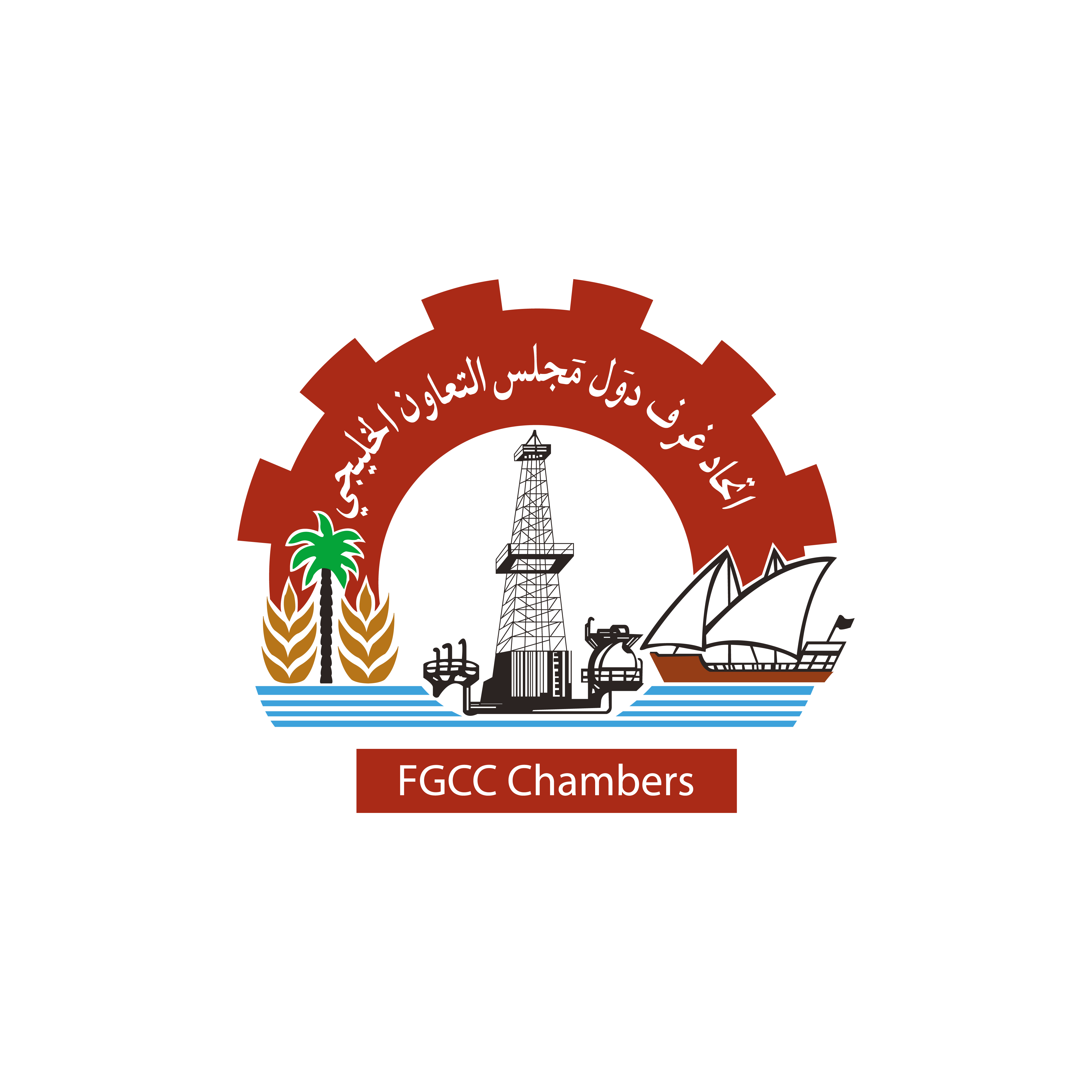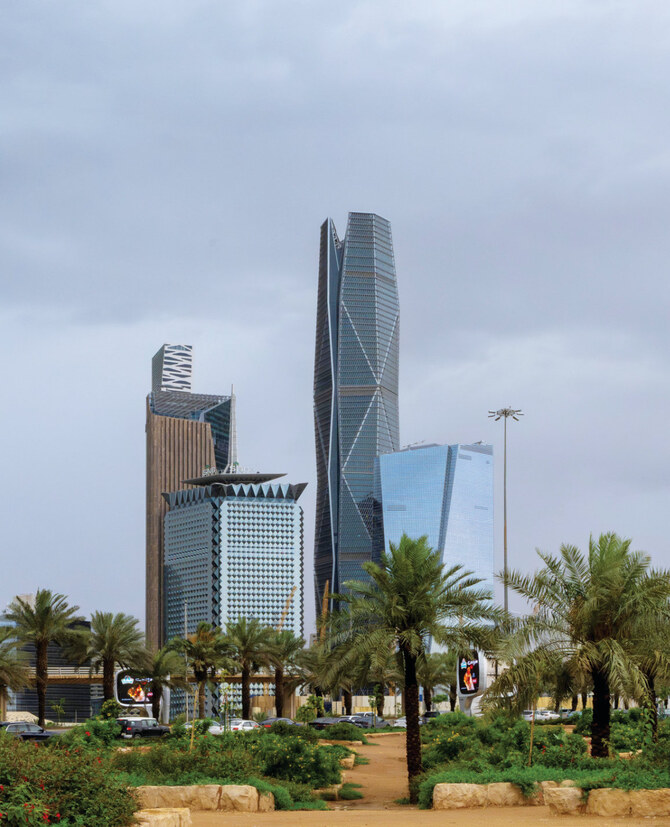Saudi Arabia’s Capital Market Authority has unveiled its ambitious 2024-2026 strategic plan, which aims to further develop the Kingdom’s financial market and enhance its global competitiveness.
With more than 40 initiatives, the plan is set to transform the capital market into a key pillar of the national economy, in line with Vision 2030.
In an interview with Arab News, Constantin Cotzias, European director at Bloomberg LP, said that the plan’s alignment with Vision 2030 is crucial to drive Saudi Arabia’s economic diversification through robust financial integration and growth.
“The strategy emphasizes capital market development as a key enabler of economic growth by expanding financing options, promoting investment opportunities, and attracting international capital,” said Cotzias.
He added that the sukuk and debt markets will play a key role in financing large-scale infrastructure and sustainable investments, driving the Kingdom’s non-oil economy.
Strategic pillars
The CMA’s strategy is built around three main pillars: market growth, ecosystem enablement, and investor protection.
The first pillar focuses on enhancing the capital market’s position in financing and investment. This includes expanding the stock market’s role in capital raising, developing sukuk and debt instruments, and enabling the asset management industry to attract more international investment.
Martin Rauchenwald, managing partner at Arthur D. Little, told Arab News that deepening the market and increasing foreign investor participation is essential for creating a more liquid and resilient market that can withstand global economic volatility.
“Competitive valuations and robust market liquidity are essential for attracting investors, making Saudi debt instruments more appealing than global alternatives,” Rauchenwald added.

The strategy emphasizes capital market development as a key enabler of economic growth by expanding financing options, promoting investment opportunities, and attracting international capital.
Constantin Cotzias, European director at Bloomberg LP
A key component of this pillar is the CMA’s focus on increasing the size of the debt instruments market to 24.1 percent of gross domestic product by 2025. Cotzias explained that achieving this target will require regulatory reforms that enhance market accessibility for global investors and improve liquidity.
Furthermore, simplifying the regulatory framework for issuing and listing debt instruments will significantly speed up capital market activities.
Rauchenwald compared this to international benchmarks, noting that markets like the US and EU have streamlined their processes to allow for higher volumes of bond activity, which is a goal Saudi Arabia is striving for.
The second pillar emphasizes enabling the capital market ecosystem, particularly through support for financial market institutions and fintech innovation.
The CMA aims to double the number of fintech companies licensed by 2026, with a focus on open finance applications and regulatory support for startups.
Mohammad Nikkar, principal at Arthur D. Little Middle East, highlighted the importance of the CMA’s Fintech Lab initiative, which provides a controlled environment for fintech companies to experiment and grow.
“The CMA’s sandbox approach balances regulatory oversight with the flexibility needed to foster fintech startups and innovation,” Nikkar told Arab News.

Competitive valuations and robust market liquidity are essential for attracting investors, making Saudi debt instruments more appealing than global alternatives.
Martin Rauchenwald, managing partner at Arthur D. Little
The growth of fintech is expected to enhance competition and operational efficiency in the financial market. By promoting innovation and integrating advanced technologies, the CMA aims to streamline financial operations and improve access to services for both institutional and retail investors.
The third pillar focuses on protecting investors’ rights by improving transparency and supervisory mechanisms.
Cotzias pointed out that enhancing compensation mechanisms and dispute resolution processes are vital for building investor confidence, particularly among retail investors.
Drawing comparisons with the UK’s Financial Services Compensation Scheme, Cotzias noted that these measures reassure both local and international investors, ensuring that the market operates under a robust regulatory system.
Key initiatives
Among the 40 initiatives under the CMA’s strategy, the introduction of Special Purpose Acquisition Companies in the parallel market and the issuance of Saudi Depositary Receipts stand out.
These steps are expected to diversify investment opportunities and attract both domestic and international investors. Rauchenwald emphasized the importance of SDRs in boosting cross-border investment, adding that this move is aligned with the CMA’s goal of integrating Saudi markets globally.
In addition to facilitating debt market growth, the CMA is committed to developing regulatory frameworks for green, social, and sustainable debt instruments.
Cotzias emphasized that the lack of international standardization for sustainable finance products presents a challenge but added that the CMA’s efforts to align with global practices will attract more investment into green finance.
“Saudi Arabia can draw inspiration from frameworks like the EU’s Green Bond Standard, which reduces greenwashing risks and improves comparability,” he said.
The CMA’s green sukuk initiative is a significant milestone for the Kingdom’s environmental, social, and governance goals. Nikkar pointed out that Saudi Arabia’s competitive edge lies in its ability to combine Islamic finance with global sustainability goals.
“Green sukuk aligns with international best practices while leveraging Saudi Arabia’s leadership in Islamic finance,” he explained.
The CMA’s goal is to increase the stock market’s value to 80.8 percent of gross domestic product by 2025, up from 66.5 percent in 2019. This will be achieved by expanding investment opportunities, including sustainable and green sukuk, and by simplifying regulatory procedures to encourage more companies to list on the market.
Focus on fintech and innovation
The CMA’s strategy places significant emphasis on supporting financial technology innovation.
As Nikkar noted, the regulatory flexibility provided by the Fintech Lab allows startups to experiment with new business models in a controlled environment without being subject to the full regulatory burden typically imposed on licensed capital market participants.
This fosters a dynamic fintech sector while ensuring consumer protection.
By encouraging fintech growth, the CMA is enhancing the overall efficiency and competitiveness of the financial market. This initiative will not only benefit startups but also push traditional financial institutions to innovate and offer better services to meet the evolving needs of investors.
Rauchenwald added that the CMA’s focus on fintech innovation, combined with its risk-based supervision model, will reshape the competitive landscape for banks, brokers, and asset managers in Saudi Arabia.
“Fintech growth will disrupt traditional players, prompting them to innovate and compete more aggressively,” he said.
Achievements and future targets
The CMA’s 2024-2026 plan builds on the successes of its previous 2021-2023 strategy, which saw a 52 percent increase in the number of listed companies — rising from 204 in 2019 to over 310 by the end of 2023.
The value of managed assets also grew by 74 percent during this period, reaching SR871 billion ($231.9 billion).
Rauchenwald highlighted the significance of the new procedures for class action compensation, which allow groups of investors to file lawsuits collectively and seek compensation for misconduct.
“This is a major step forward in promoting investor confidence and holding companies accountable,” he said, comparing it to global standards seen in the US and Europe.
Looking ahead, the CMA aims to continue growing the asset management industry by introducing more flexible regulatory frameworks for investment funds.
Cotzias noted that easing regulatory barriers for foreign investors will be critical in boosting Saudi Arabia’s competitiveness, especially in sectors such as real estate, renewable energy, and technology.
International competitiveness
One of the key goals of the CMA’s 2024-2026 strategy is to enhance the Saudi financial market’s international appeal.
By implementing regulatory reforms, improving transparency, and promoting ESG-aligned financial products, the CMA aims to position Saudi Arabia as a leading regional and global financial hub.
Nikkar emphasized that diversifying financial products, particularly in Islamic finance, will help Saudi Arabia stand out against regional competitors like Dubai and Qatar.
“The Kingdom’s leadership in Islamic finance, combined with its commitment to sustainability, gives it a competitive edge in attracting both regional and international investors,” he said.
In terms of attracting foreign investors, Cotzias pointed out that the CMA’s review of foreign investor restrictions, including simplified registration and increased ownership limits, will enhance Saudi capital markets’ appeal to global investors.
Investor protection and governance
Central to the CMA’s strategy is the protection of investors’ rights. The authority plans to strengthen corporate governance practices across listed companies and investment funds.
According to Cotzias, these governance reforms are expected to raise the accountability of board members, improving investor trust in Saudi financial institutions.
The CMA’s focus on improving transparency and supervisory mechanisms will also enhance investor protection. By simplifying procedures for compensation and complaints resolution, the CMA aims to create a more transparent and accountable market environment.



